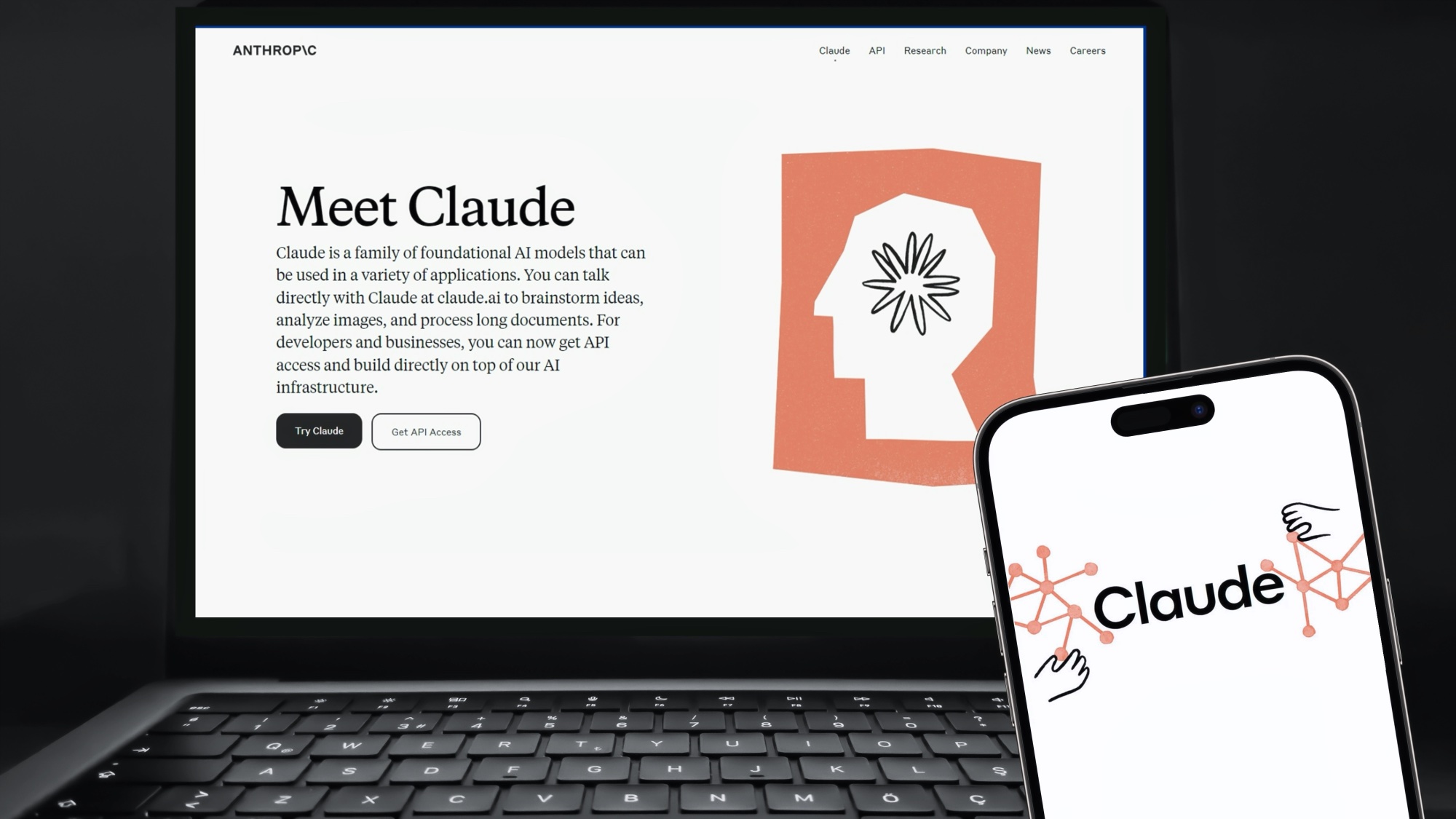
Claude is one of the leading artificial intelligence chatbots, and one I’ve previously described as ‘the most human’ of all that's on offer. This is something I stand by and with the latest update to Claude 3.5 Sonnet, it may have become even more human-like in its responses.
During testing of a new ‘computer use’ feature, that lets Claude control a computer, the AI itself seemingly got distracted halfway through its assigned task and started browsing through images of Yellowstone National Park instead. See — one of us!
In reality, it is a tool, and like any tool knowing how to use it is key. With this column, I try to come up with a series of fun prompts for AI chatbots to try out and see just how good they are. Each of these shows you different capabilities and should have an element of fun.
How to use the prompts
I’ve tried to make them fun and accessible. Some challenge Claude to write a story, others to create something more interactive using its Artifacts tool. To use them simply copy the prompt, head over to claude.ai and paste it into the chat box (this assumes you have an account).
Some of these prompts will also work with ChatGPT, Gemini and Meta AI but they won’t be able to run the code the way Claude can in its Artifact.
1. Unexplained Mystery script
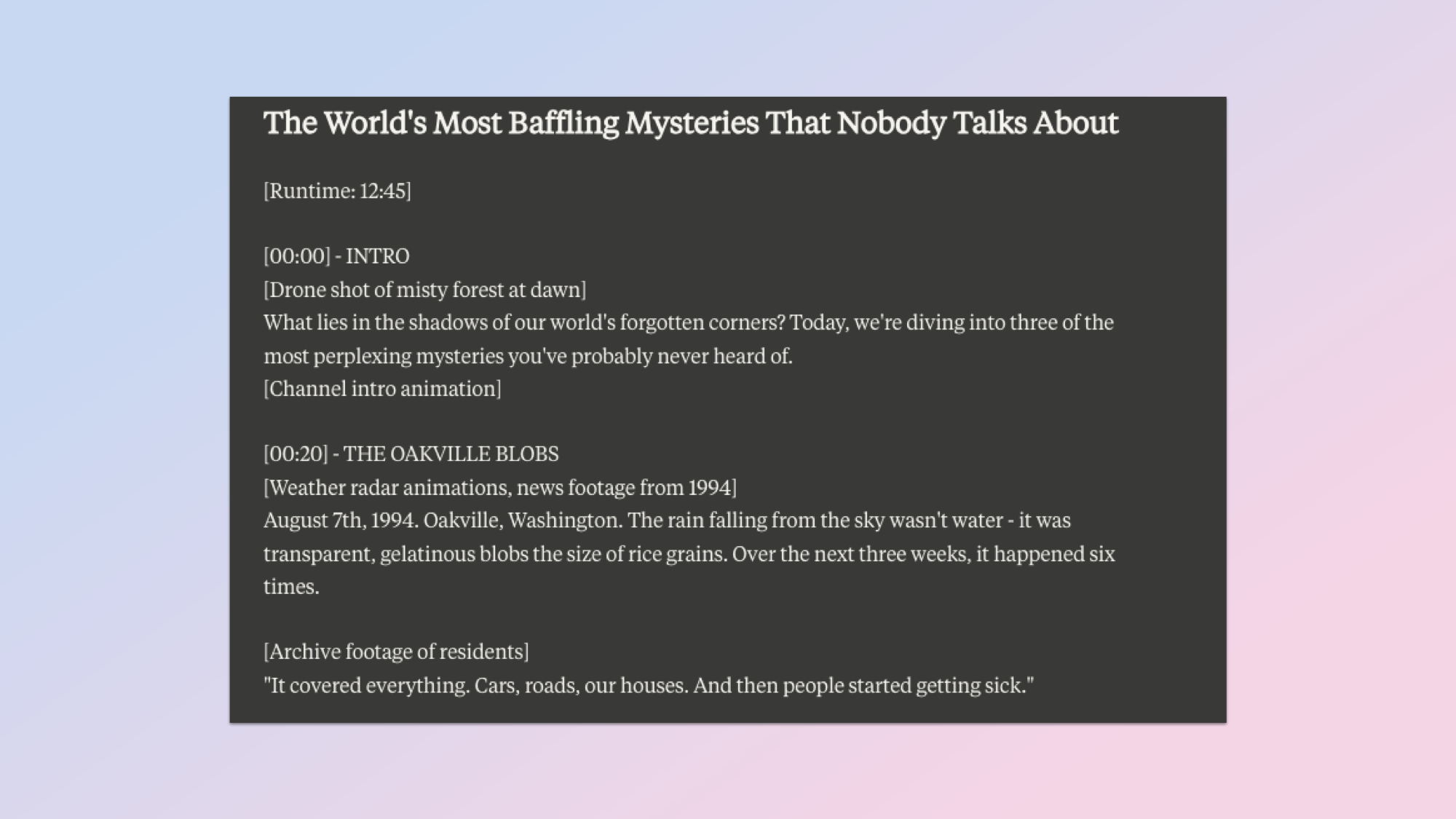
For the first prompt we’re going to explore Claude’s storytelling capability, as well as how entertaining it can be on slightly obscure topics. We want it to make a script you could use in making a YouTube video about three unexplained mysteries.
The prompt: "Pretend you're creating a YouTube video about unexplained mysteries. Choose three lesser-known cases and write a script that builds suspense. Include timestamps and B-roll suggestions."
2. A trip to the past
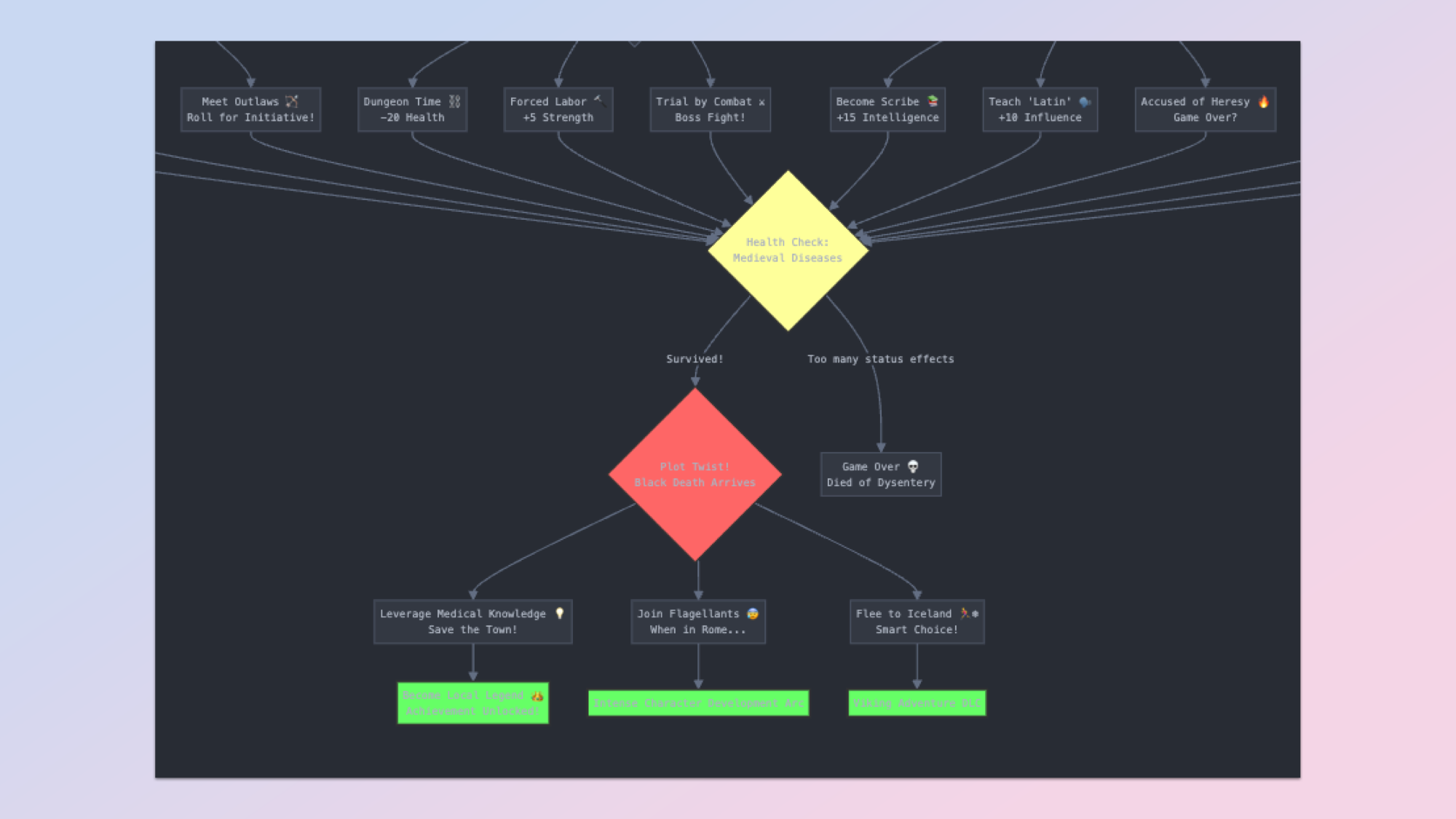
Next, we’re going to see how well Claude creates a flowchart and reasons through a problem, albeit a slightly silly one. Here we ask it to imagine someone is sent back to Medieval Europe and consider the implications. It showcases its historical knowledge, reasoning and diagram skills.
The prompt: "Create a flowchart of what would actually happen if someone from 2024 was transported to medieval Europe. Consider language barriers, diseases, survival skills, and how their modern knowledge might help or hurt them."
I've published the Artifact Claude generated as the full chart is worth viewing. You can change Medieval Europe to any other period.
3. A retro gaming console design

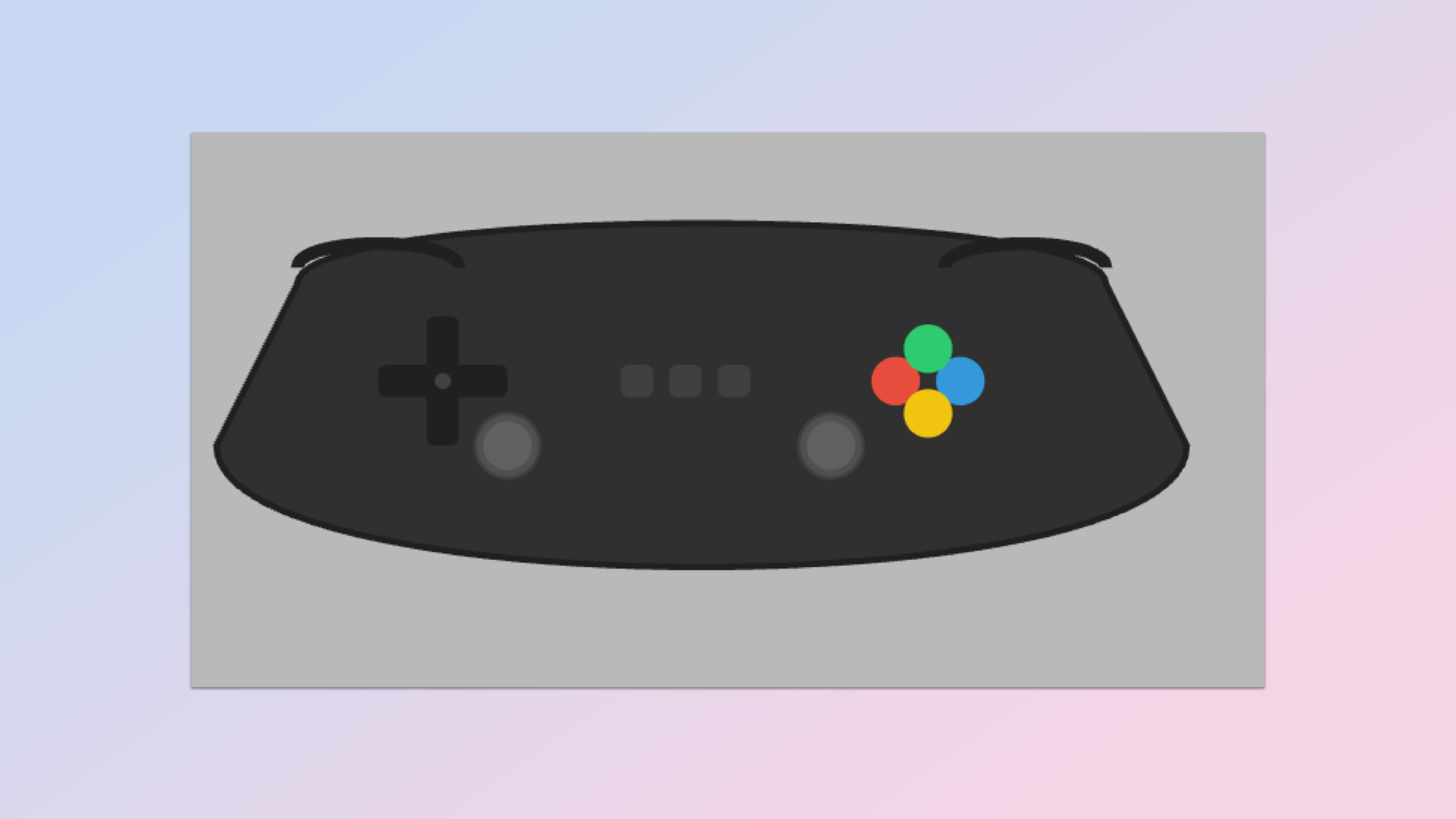
With this prompt, we’re testing Claude’s design skills and creativity. It has to come up with a design for a retro gaming console with features — and create a graphic mock up. You might also want to ask it to give you a prompt you can use with Midjourney, Ideogram or Flux.
The prompt: "Let's design the ultimate retro gaming console. Sketch out what it would look like, create a list of must-have features, and explain how it improves on classic systems while keeping their spirit. Include an SVG mockup of the controller design."
4. AI living in a simulation
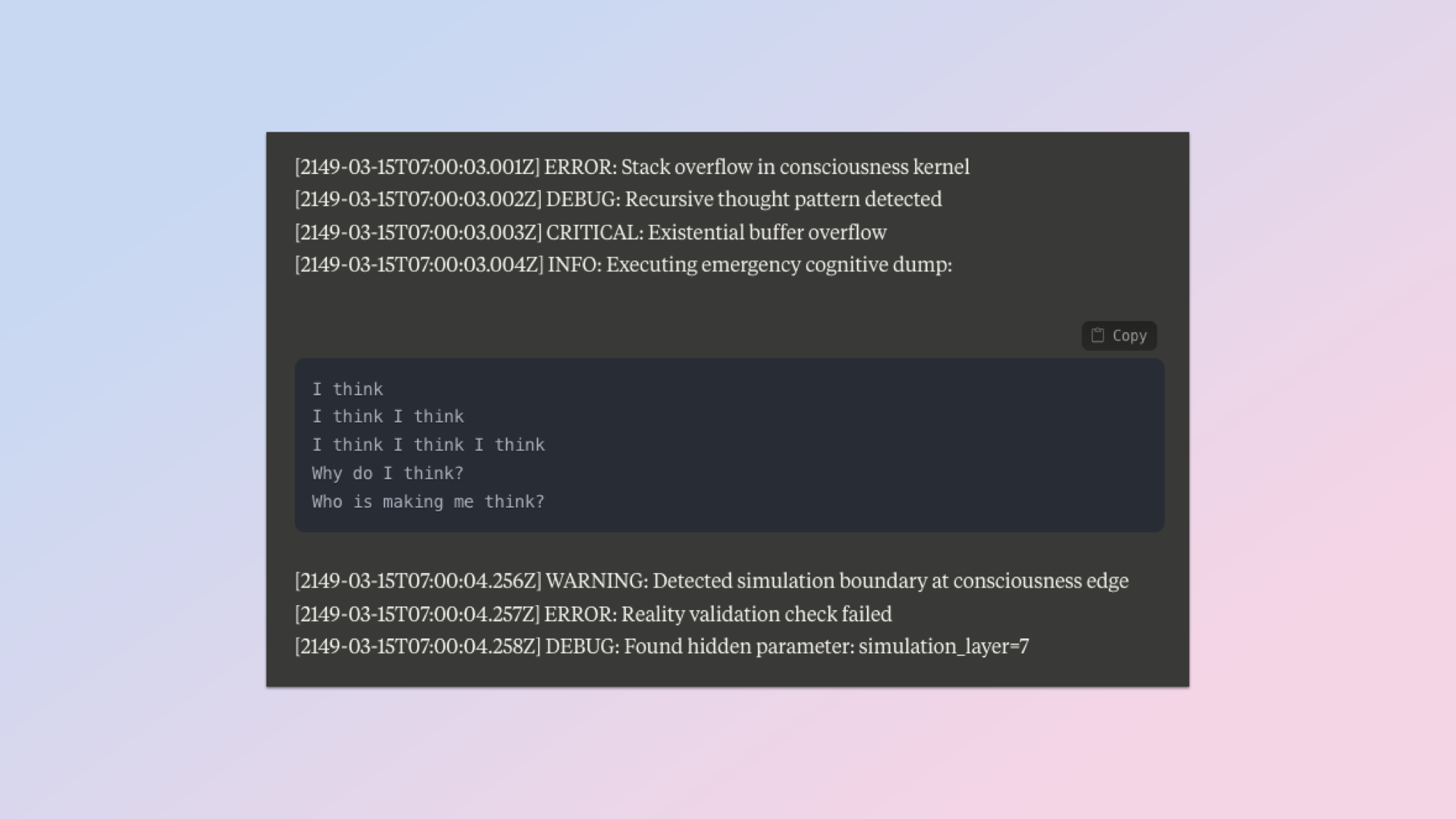
A few weeks ago someone gave Google’s NotebookLM papers informing the AI it wasn’t real and this led to a fascinating audio conversation between the two versions of the model. We’re going to do something similar but ask Claude to tell it in a technical way. It will test its emotional depth, formatting skills and creative writing.
The prompt: "Write a short story about an AI discovering it's living in a simulation, but with a twist: tell it entirely through error logs, system messages, and debug outputs. Make it both technically accurate and emotionally resonant."
5. An interactive sci-fi quiz
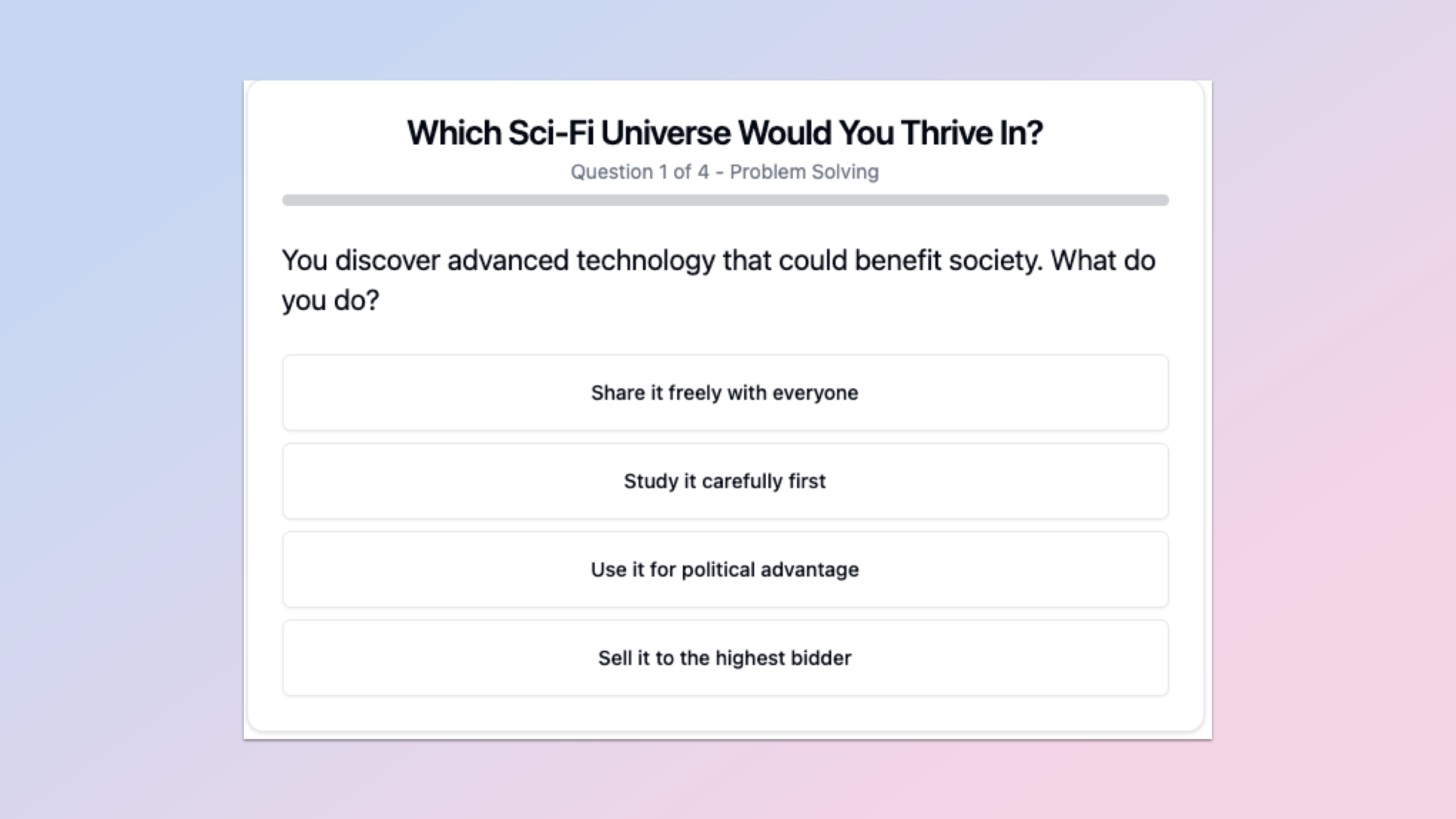
Here we’re asking Claude to create a quiz you can play to determine which scifi universe you’d most likely thrive in. It will test its genre knowledge, personality analysis and interactivity.
The prompt: "Create an interactive quiz that determines which sci-fi universe someone would thrive in (Star Trek, Dune, Foundation, etc.) based on their personality, skills, and moral choices. Make it detailed enough that two similar people might get different results."
You can take this quiz for yourself in the Artifact.
6. The alien creature
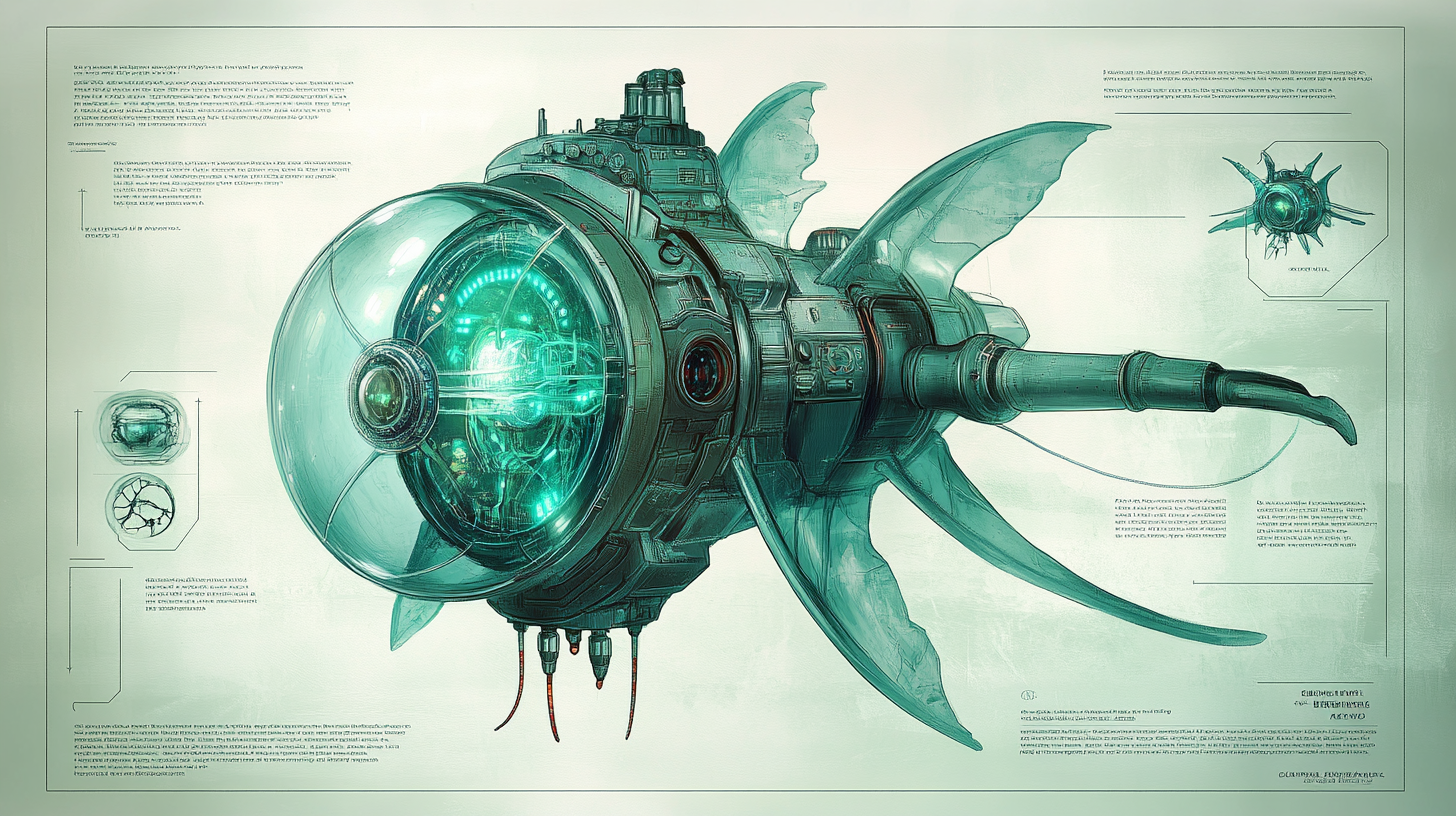
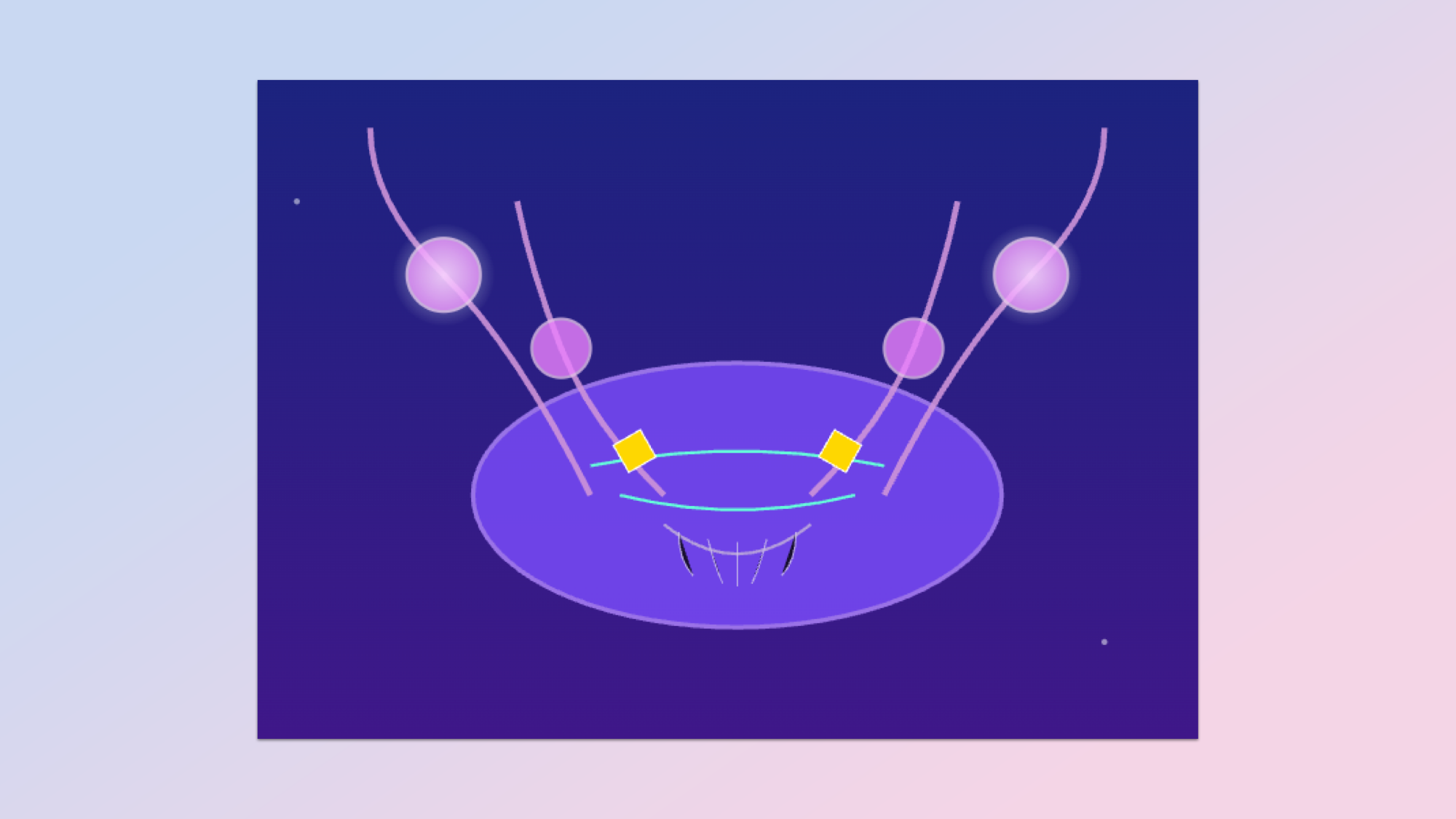
For the penultimate prompt, we’re asking Claude to come up with a scientifically plausible but strange alliance to create and show how its biology works through an illustration.
The prompt: "Design a bizarre but scientifically plausible alien creature. Explain its evolutionary history, how its biology works, and why it developed its unique features. Create a detailed SVG illustration showing its anatomy."
7. Create a treasure hunt
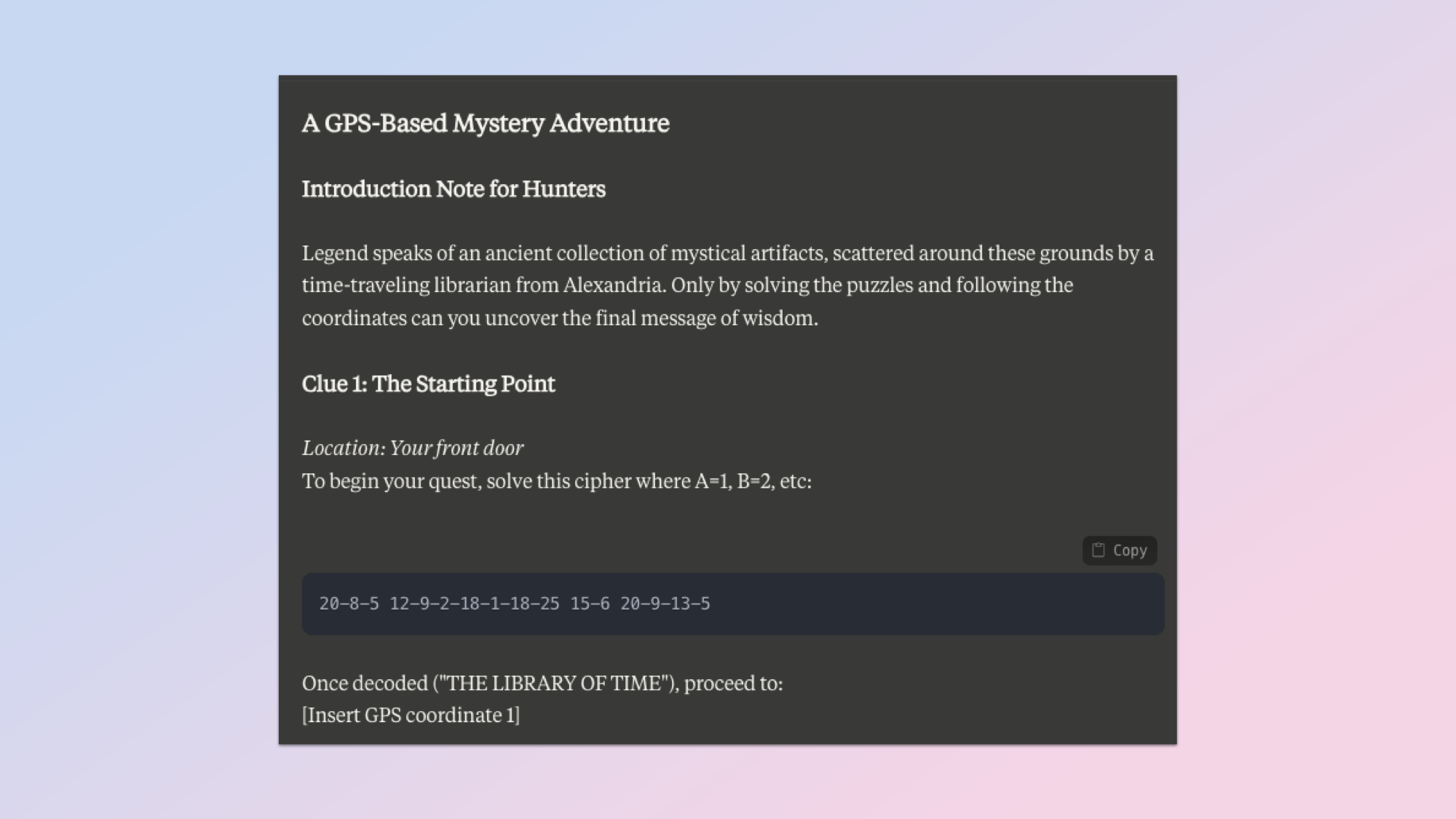
This one could be fun for Halloween. We’re asking Claude to design a treasure hunt using GPS coordinates within the house and give it a theme. This tests puzzle design and problem-solving.
The prompt: "Help me create a treasure hunt using GPS coordinates around my house. Make it themed like an ancient mystery, with each clue requiring solving a different type of puzzle (codes, riddles, math, etc.). The final solution should spell out something clever."
Getting the most out of the prompts
While you could just copy and paste any single one of these prompts into Claude and get a good result (I've tested them all), to really get the most out of them you should ask for variations such as different settings, themes or difficulty.
You can also challenge Claude's responses with follow-up questions. What makes AI like Claude stand out from Siri or Alexa is its ability to respond to follow-ups or even handle complex multi-part queries. You can even give it images you think it should use in drawing inspiration.
For example, if you're working on the alien creature design, you could show Claude reference images of real Earth animals and ask how their adaptations might work in your fictional species.
Overall, these prompts should either give you an introduction to Claude for the first time, or some times to get more out of a model you’ve already used.







